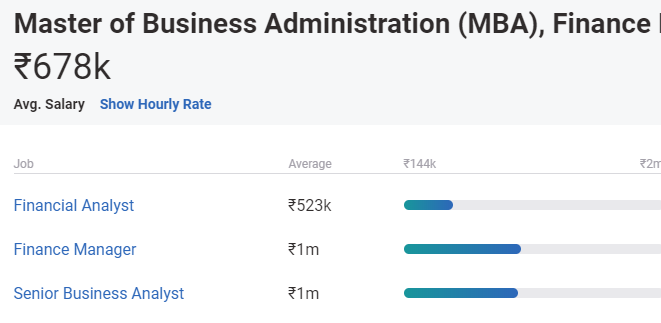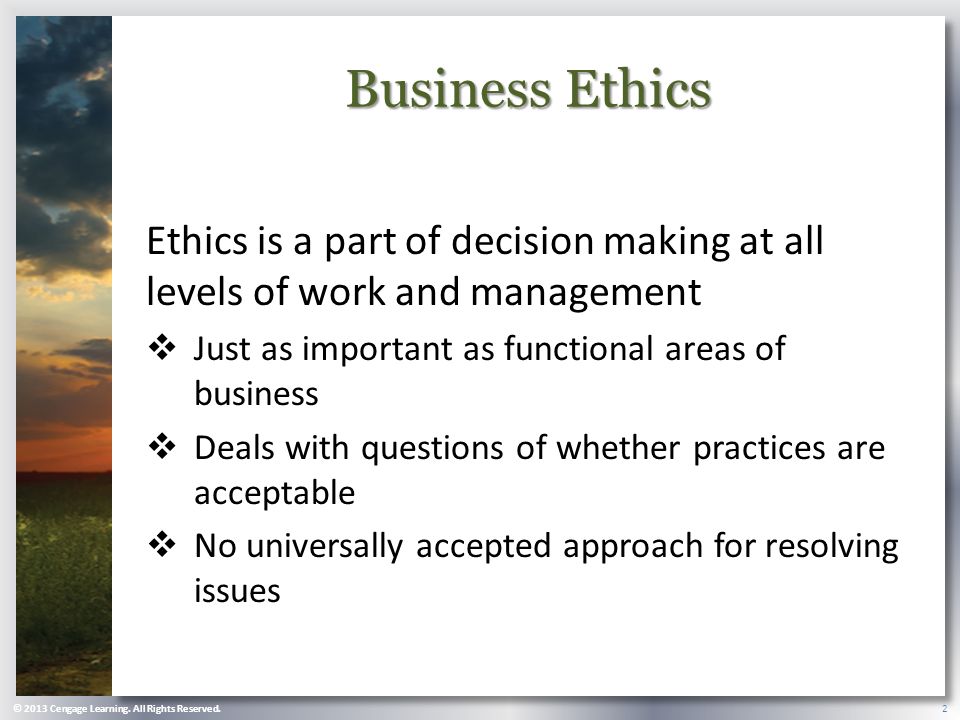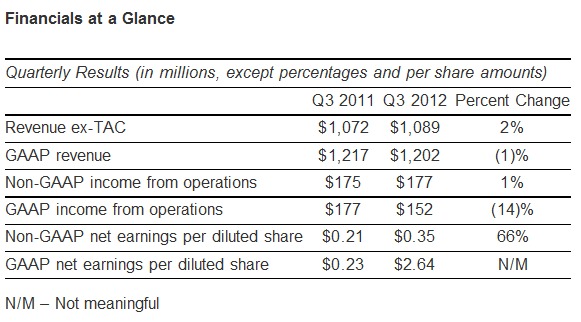Contents:


Wells Fargo has provided this link for your convenience, but does not endorse and is not responsible for the content, links, privacy policy, or security policy of this website. The information featured in this article is based on our best estimates of pricing, package details, contract stipulations, and service available at the time of writing. Pricing will vary based on various factors, including, but not limited to, the customer’s location, package chosen, added features and equipment, the purchaser’s credit score, etc. For the most accurate information, please ask your customer service representative.
7 Preferred Stocks Trading a Discount Right Now – InvestorPlace
7 Preferred Stocks Trading a Discount Right Now.
Posted: Tue, 26 Jul 2022 07:00:00 GMT [source]
When preferred shareholders participate in dividends with common shareholders, the two-class method of computing earnings per share may be applicable. See FSP 7.4.2 for information on participating securities and the two-class method of calculating earnings per share. Some bonds can be convertible into equity securities like preferred shares or common stock. The dividend is usually specified as a percentage of the par value or as a fixed amount (for example, Pacific Gas & Electric 6% Series A Preferred).
What Are Preferred Dividends?
They include details on prospective operational initiatives as well as managerial decisions. Investors and stockholders can negotiate changes if they disagree with a choice. Because common stock is more volatile, it is considered a higher risk investment than preferred stock. But common stock also has the potential to accumulate capital appreciation in the long run, which can significantly increase the investment value.
Cumulative preferred stock has an accumulation feature that allows shareholders to receive dividends owed to them even if a firm doesn’t declare dividends in a given year. Non-cumulative preferred stock doesn’t have an accumulation feature, so if dividends are not declared in a certain year, they will not get paid any dividends. Cumulative dividends per share are calculated by multiplying the par value by the dividend rate and adding all dividends in arrears. Dividends in arrears are simply the par value multiplied by the dividend rate for each year dividends were not declared and not yet paid. Preferred stock is a dependable source of capital for a corporation or business. During the dividend payout, preferred investors are given priority over common stockholders.
Preferred vs. common stocks: Comparing the two—and deciding which is best for your portfolio
Non-cumulative stockholders are paid before common stockholders if a dividend is issued. Common and preferred stock both represent a proportional share of ownership in a company, but you are entitled to different rights depending on which you invest in. Preferred stock that does not entitle the shareholder to dividends that have been omitted in the past once dividend payments are resumed. In dividend distributions, preferred shareholders always receive first before the common shareholders.

It gives them greater flexibility as the fixed obligation gets reduced. Hence it is beneficial for the companies to issue noncumulative preference shares as the payments get suspended without any penalties. The first payments from the rest of the $1 billion will go to cumulative preferred stockholders, followed by noncumulative preferred stockholders, and finally common stockholders, if any money is still left. Cumulative dividends on preferred stock may accrue over time or upon the occurrence of an event (e.g., the attainment of cash flow goals or profitability levels).
We are not a law depreciable assets, do not provide any legal services, legal advice or “lawyer referral services” and do not provide or participate in any legal representation. INVESTMENT BANKING RESOURCESLearn the foundation of Investment banking, financial modeling, valuations and more. Cash FlowsCash Flow is the amount of cash or cash equivalent generated & consumed by a Company over a given period. It proves to be a prerequisite for analyzing the business’s strength, profitability, & scope for betterment. LiquidationLiquidation is the process of winding up a business or a segment of the business by selling off its assets.
Understanding Non Cumulative
Companies can also buy back stock, allowing investors to repay their initial investment as well as any capital gains from subsequent stock price increases. Many corporations provide stock options as part of employee remuneration, but these options do not reflect ownership; rather, they represent the right to purchase ownership at a predetermined price at a later date. If the option is exercised while the market price is greater than the promised price, the employees will receive a windfall since they will pocket the difference if they promptly sell the stock . In noncumulative preferred stock, the issuer is not required to make up any missed payments, and does not incur any penalty for missing these dividends.

Preferred refers to stock that is paid before common stockholders, and it has a more predictable income. With noncumulative preferred stock, the shareholders enjoy a certain level of protection. For instance, they have the assurance that no common stockholder can receive dividends before them.
The preferred stock will have at least one less right than the common stock , but will have a preference in receiving dividends. Preferred shares are often used by private corporations to achieve Canadian tax objectives. For instance, the use of preferred shares can allow a business to accomplish an estate freeze.
Company
On the downside, there is a limit on how much the investment can appreciate because of its call feature. Issuers often call preferred bonds in low-interest rate environments so they can reissue a stock that pays a lower dividend. A company raising venture capital or other funding may undergo several rounds of financing, with each round receiving separate rights and having a separate class of preferred stock. Such a company might have “Series A Preferred”, “Series B Preferred”, “Series C Preferred”, and corresponding shares of common stock. Typically, company founders and employees receive common stock, while venture capital investors receive preferred shares, often with a liquidation preference.
The preferred shares are typically converted to common shares with the completion of an initial public offering or acquisition. An additional advantage of issuing preferred shares to investors but common shares to employees is the ability to retain a lower 409 valuation for common shares and thus a lower strike price for incentive stock options. Cumulative dividends refer to the process where shareholders are compensated for years past where they were not paid.
If the issuer is required to pay the dividend in kind (PIK dividends are non-discretionary), the issuer should record the PIK dividend on the declaration date at the contractual rate ($500,000 in this example). This results in accretion of the dividend similar to the amortization of interest on a zero-coupon bond. The above list is not comprehensive; preferred shares may specify nearly any right conceivable.
All unpaid dividends are entitled to be received by cumulative preferred stocks. When the dividends are issued, the stockholders will receive the promised set amount. All prior unpaid dividends have been accrued and are guaranteed to be paid. Non-cumulative preferred stocks, on the other hand, are not entitled to unpaid dividends.
Examples of Non-Cumulative Preference Shares
However, their claims are discharged before the shares of common stockholders at the time of liquidation. The calculation for preferred dividends is different based on the features of the preferred stock, if they are cumulative or non-cumulative, and when the dividends are paid out, quarterly or annually. Think of it similar to the face value of a bond when calculating coupon payments for the bond. The dividend rate is the percentage of the par value that must be paid out annually as the dividend, if the dividend is declared.
Therefore, when preferred shares are first issued, their governing document may contain protective provisions preventing the issuance of new preferred shares with a senior claim. Individual series of preferred shares may have a senior, pari-passu , or junior relationship with other series issued by the same corporation. Participating preferred stock—These preferred issues offer holders the opportunity to receive extra dividends if the company achieves predetermined financial goals.
Your request has been identified as part of a network of automated tools outside of the acceptable policy and will be managed until action is taken to declare your traffic. Preference Shares means the Preference Shares in the capital of the Company of $0.0001 nominal or par value designated as Preference Shares, and having the rights provided for in these Articles. Preferred Units means all Partnership Interests designated as preferred units by the General Partner from time to time in accordance with Section 4.02 of the Partnership Agreement. Permitted Preferred Stock means and refers to any Preferred Stock issued by Parent that is not Prohibited Preferred Stock. Company Series A Preferred Stock means the Series A Preferred Stock, par value $0.0001 per share, of the Company.

If management doesn’t declare https://1investing.in/ for a particular year, it isn’t reported as “dividends in arrears.” This means it won’t need to be paid. To calculate this, we multiply the par value by the dividend rate since there is no dividends in arrears. Discover the preferred dividends formulas, and identify the pros and cons of cumulative preferred stock. Let’s further assume that the bond’s market value is $1,050, while the stock is selling at $60 per share. If the investor converted their holding into preferred stock, they would own securities with a total market value of $1,200, compared with a $1,050 bond.
- Cash FlowsCash Flow is the amount of cash or cash equivalent generated & consumed by a Company over a given period.
- The intention is to ameliorate the bad effects investors suffer from rampant shorting and dilutive efforts on the OTC markets.
- An additional caveat is that in the event of liquidation, cumulative stockholders are given preference over noncumulative stockholders.
- Monetary loss-There is no certainty that the price of a stock will rise.
It means that if at any given year the holders of this stock were not paid dividends, they should not expect payment of the same in the future. Skipping dividend payment may happen when the issuing company is not able to achieve the set financial benchmarks. As a rule, preferred shareholders are always the companys priority during dividend payment. If a company feels that it has earned enough and it can pay its shareholders some dividends, the first consideration is always the holders of preferred stock. In this case, only the holders of preferred stock receive payment since dividends are guaranteed each year.